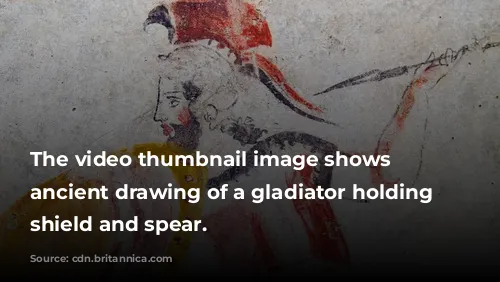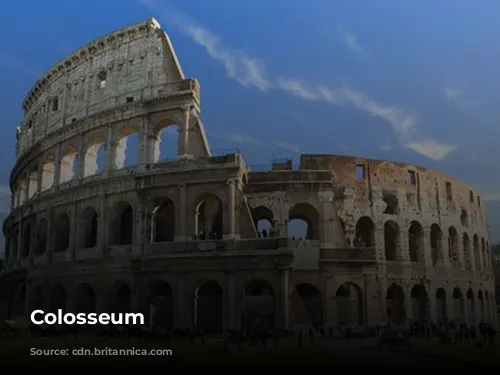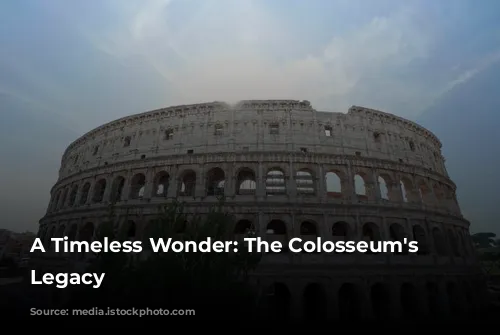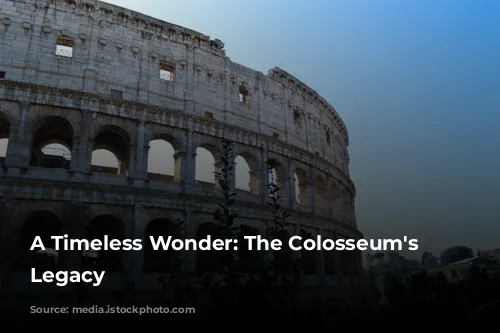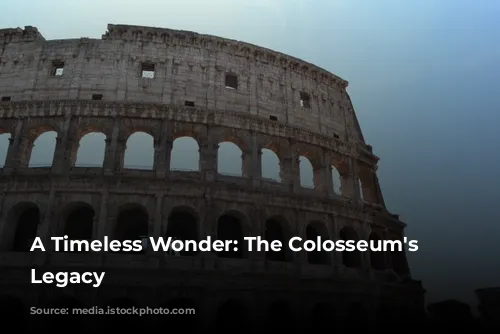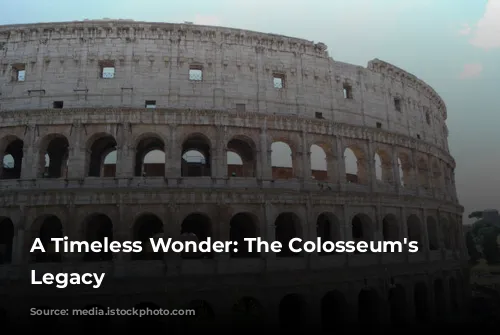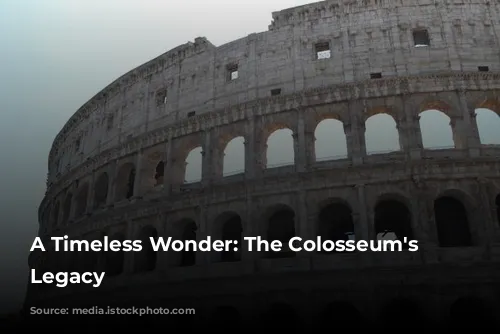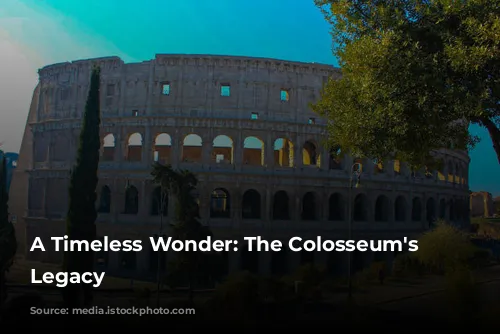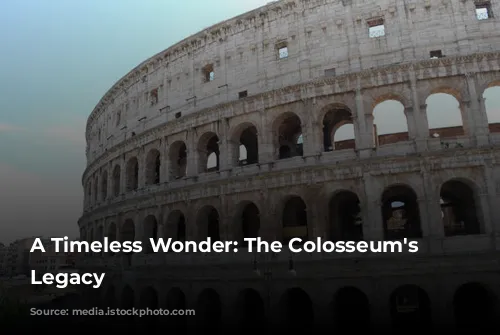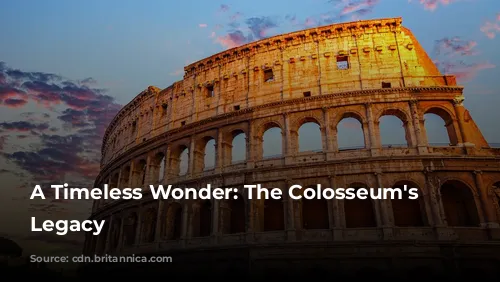The Colosseum, a towering testament to the Roman Empire’s ingenuity and grandeur, stands proudly today as one of the few surviving structures from that ancient civilization. This iconic landmark is not only a symbol of Rome’s architectural and engineering prowess but also a significant driver of tourism revenue for the Italian government. In 2018, the Colosseum, along with the Roman Forum and Palatine Hill, generated over $63.3 million (€53.8 million), making it the most lucrative tourist attraction in all of Italy.
A Monument’s Journey Through Time
The Colosseum’s journey through time has been marked by both glory and neglect. Following the collapse of the Western Roman Empire, the arena fell into a state of disrepair. In the 12th century, the Frangipane and Annibaldi families seized the Colosseum, transforming it into a fortress to protect their interests.
The 15th century saw the Colosseum further exploited as a quarry under Pope Alexander VI. For over a thousand years, the once-magnificent structure endured neglect and decay. Fortunately, state-funded restoration efforts began in the 1990s, breathing new life into this historical gem.
From Imperial Vision to Public Spectacle
The Colosseum was conceived as a grand project to revitalize Rome after the turbulent year of the Four Emperors in 69 CE. Emperor Vespasian, like his predecessors, envisioned the Colosseum as a public entertainment venue, hosting thrilling gladiatorial contests, exotic animal hunts, and even simulated naval battles.
Construction commenced under Vespasian’s reign between 70 and 72 CE. His son and successor, Titus, dedicated the completed structure in 80 CE, marking a momentous occasion with 100 days of games. The Colosseum’s fourth story was added by Emperor Domitian in 82 CE. Notably, the arena’s funding came from the spoils of Titus’s conquest of Jerusalem in 70 CE, and its construction involved enslaved Jewish prisoners.
A Giant of Stone and Concrete
The Colosseum, also known as the Flavian Amphitheatre, is an awe-inspiring elliptical structure built from stone, concrete, and volcanic tuff. Towering four stories high, it measures a colossal 620 by 513 feet (189 by 156 meters) and had the capacity to accommodate up to 50,000 spectators. The Colosseum’s iconic design and immense size made it the perfect venue for gladiatorial combat, a spectacle that captivated the Roman masses.
The Colosseum stands as a testament to Roman engineering ingenuity. Unlike earlier amphitheaters, which were often carved into hillsides, the Colosseum is a freestanding structure of stone and concrete. Its impressive construction utilizes a complex system of barrel vaults and groin vaults. The exterior is adorned with engaged columns in the Doric, Ionic, and Corinthian orders, creating a striking visual hierarchy.
A Glimpse into Roman Life
The Colosseum was more than just a place for entertainment. It provided a glimpse into the lives and values of the ancient Romans. The arena featured a massive retractable awning, known as a velarium, that protected spectators from the scorching sun. This intricate system required hundreds of Roman sailors to operate, demonstrating the Romans’ technical expertise and their commitment to providing a comfortable and enjoyable experience for their citizens.
The Colosseum witnessed countless thrilling contests, from gladiatorial battles and animal hunts to mock naval engagements. While there is no definitive evidence, some believe the arena was also a site of early Christian martyrdoms.
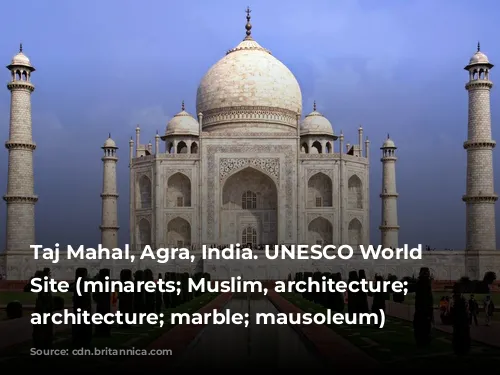
A Legacy of Restoration and Enduring Appeal
After centuries of neglect, the Colosseum’s restoration began in earnest in the 19th century under the patronage of Pope Pius VIII. In the 1990s, a major restoration project was undertaken, ensuring the preservation of this architectural marvel for future generations.
Today, the Colosseum remains one of Rome’s most beloved tourist attractions, drawing in close to seven million visitors annually. The site regularly features exhibitions that showcase the rich culture and history of ancient Rome, captivating visitors from around the world.
The Colosseum, a timeless wonder, continues to stand as a powerful symbol of Rome’s glorious past. Its enduring appeal lies not only in its architectural grandeur but also in its ability to transport us back to a vibrant era of emperors, gladiators, and a society that valued spectacle and entertainment.
